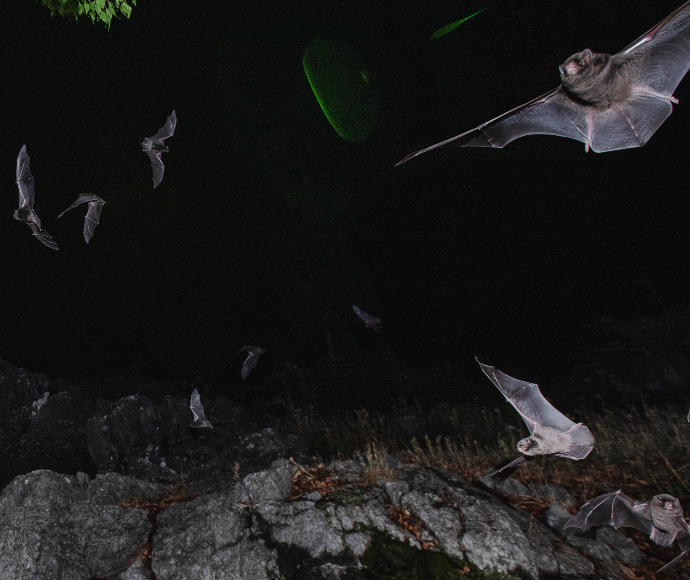The aptly named eastern bentwing-bat is now on the straight and narrow, with the latest population survey at a key site showing a near 20 per cent increase.

The NSW National Parks and Wildlife Service (NPWS) Ecohealth team leader Dr Doug Mills confirmed the population of these tiny, 6-centimetre-long bats at Wee Jasper has dramatically increased.
"The population inside the Wee Jasper limestone caves is now 17 per cent higher than the long-term average," Dr Mills said.
"The higher-than-average rainfall over the past 2 summers has had an obvious positive impact on this population, and their recovery is astonishing.
"The same population declined by one-third, or around 7,000 bats, in the years preceding the black summer bushfires, so we are thrilled to see it not only bounce back but thrive," Dr Mills said.
Dr Mills has been monitoring the eastern bentwing-bat population at Wee Jasper for more than 15 years.
"I generally get a mixed reaction when I tell people I spend my nights in caves looking for bats, but they are a very special and underestimated species.
"As a specialist insect-eater, bentwing-bats provide important ecosystem services, with individuals capable of consuming their own body weight in insects every night.
"Another factor contributing to the recent survey results is our refined and highly specialised survey technique.
"We use thermal imaging and software designed by the US military to record the bats entering and exiting the cave each night.
"On the camera screen we see hundreds of flashing red dots, each representing an individual bat.
"This allows us to quickly and accurately count the population and get a better understanding of breeding success as well as the timing of weaning and migration.
"The most recent data indicates that bentwing-bats are capable of recovering from short-term declines and provides a better understanding of how the species is tracking across its entire range," Dr Mills said.
NPWS' Threatened Species Framework outlines a series of actions to meet our commitment of zero extinctions and to restore threatened species populations.
NPWS' study of bentwing-bats is undertaken on the national parks' estate at 2 of 3 known maternity populations in New South Wales, highlighting the critical role of national parks in the effective conservation of threatened species.






